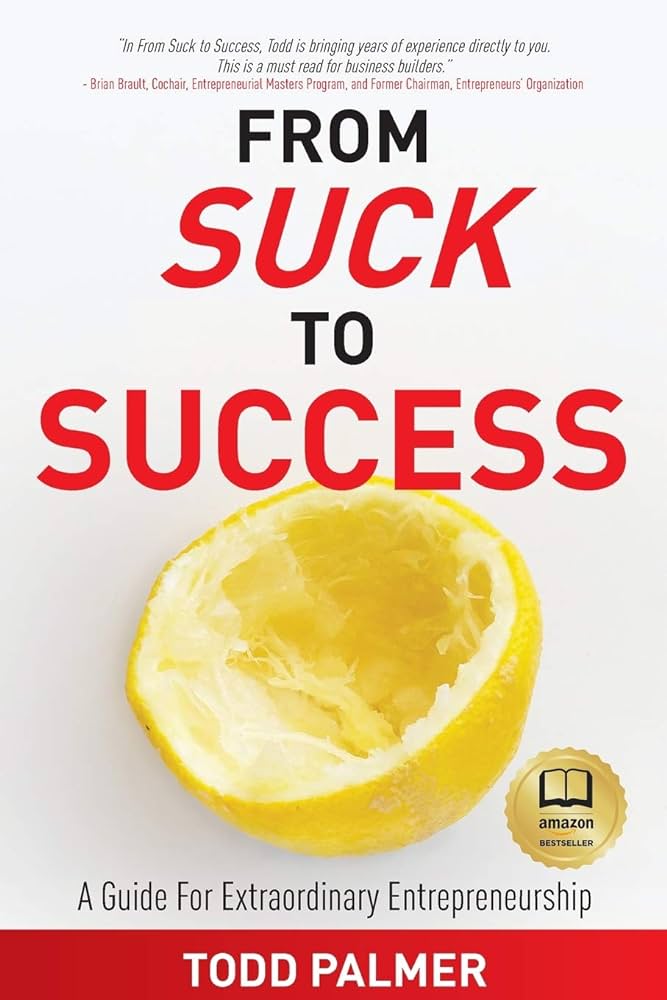Let’s talk about something that can take your next retreat from “good” to truly transformational: understanding the people in the room at a deeper level.
I’ve facilitated 75+ retreats over the years, and here’s what I know—a room full of smart, ambitious leaders doesn’t guarantee trust, connection, or impact. What does? A structured way to break down communication barriers and create an environment where people feel safe enough to be real with one another.
This is where Color Code Personality Science comes in.
Why Color Code is a Game-Changer for Retreats
Most personality tools tell you what you are. Color Code tells you WHY.
It goes beyond labels—it uncovers the core motivators that drive human behavior. And when you understand what drives someone, you can communicate with clarity, empathy, and impact.
Here’s how I integrate Color Code into retreats to create lasting breakthroughs:
1. Pre-Retreat Insight: Setting the Stage for Understanding
- Before the retreat, I have every participant take the Color Code Personality Test.
- They learn their dominant color (Red, Blue, White, or Yellow) and, more importantly, what truly motivates them.
- This self-awareness sets the foundation for deeper discussions and interactions.
2. Tailored Retreat Experiences: Aligning to Core Motivations
Different personalities engage differently. Here’s how I adapt retreat activities to maximize participation:
- Reds (Power & Leadership): They thrive when they have goals to achieve and decisions to make. Give them space to lead.
- Blues (Connection & Authenticity): They crave meaningful, deep conversations. If we rush past emotions, they disengage.
- Whites (Peace & Logic): They process internally and need space to reflect before speaking. Pushing too hard shuts them down.
- Yellows (Fun & Freedom): If it feels too rigid or serious, they check out. They need playfulness and engagement.
By structuring activities with these motivations in mind, everyone feels valued, engaged, and seen.
3. Color Code in Action: Breaking Down Barriers & Strengthening Connections
Once people understand why they react to situations a certain way (and why others react differently), we can bridge communication gaps and resolve conflicts more effectively.
- Unpacking Group Dynamics: Why do certain members clash? Why do some feel unheard? The Color Code framework reveals hidden friction points and helps navigate them.
- Acceptance of ‘Otherness’: It’s human nature to expect others to see the world like we do. But they don’t. Color Code creates an “aha” moment where people stop seeing differences as problems and start seeing them as strengths.
Building Psychological Safety: Creating a Space for Vulnerability
Psychological safety isn’t just a buzzword—it’s the foundation of high-performing teams.
Here’s how I use Color Code to create this environment:
1. Open & Honest Sharing
- I facilitate discussions where leaders share how their Color Code traits serve them—and where they get in their own way.
- This vulnerability fosters trust and empathy, leading to deeper, more authentic connections.
2. Experiential Role-Playing
- We run exercises where team members interact based on their Color Codes to see firsthand how communication lands differently.
- This isn’t theory—it’s real-time perspective shifting.
- By the end, participants don’t just understand each other better—they experience the impact of adapting communication styles.
3. Actionable Feedback Loops
- We practice giving and receiving feedback through the lens of Color Code.
- This removes defensiveness and opens the door to honest, constructive conversations.
A Real-World Breakthrough: When Color Code Transformed a Retreat
At a recent forum retreat, a Blue leader (values deep connection and authenticity) felt disconnected from their predominantly Red team (driven by results and efficiency).
Here’s what was happening:
- The Red team saw the Blue’s emotional approach as slowing things down.
- The Blue leader felt unheard and dismissed.
When we put it on the table through the Color Code framework, everything shifted. The team realized:
- Reds don’t lack empathy; they just operate from logic first.
- Blues aren’t “too emotional”; they create the heart of the team.
By the end, this forum group had a new way of communicating that respected both perspectives—and the Blue leader felt truly seen and understood for the first time.
Client Success Story: From Misalignment to Synergy
At a recent off-site strategy retreat for a tech startup, we applied Color Code to break down siloed communication issues between departments.
Key takeaway?
- People were speaking different languages without realizing it.
- Their breakdowns weren’t about competence—they were about misaligned motivations and expectations of how information should be shared.
- Once they saw this clearly, we built a collaboration strategy based on mutual respect for communication styles.
The result? A 30% increase in project efficiency—simply by aligning how they interacted.
What This Means for YOU
If you’re an entrepreneur, forum leader, or executive, here’s the bottom line: The success of your business isn’t just about strategy, funding, or execution. It’s about people.
- The people you lead.
- The people you collaborate with.
- The people who can take your vision and turn it into something extraordinary.
If you’re serious about growing as a leader and want to create an environment where your team communicates, connects, and performs at a higher level, let’s talk.
Your Next Step
Here’s what I want you to do:
1. Hit reply and tell me one challenge you’re facing with your team, leadership, or forum.
2. Let’s jump on a quick call—no fluff, no sales pitch—just real talk about where you are and where you want to be.
3. On that call I’ll share actionable insights on how you can use Color Code (and other psychological safety tools) to break through your biggest roadblocks.
Because if you’re leading a team, you’re leading human behavior. And when you master that, everything changes.




